|
Tasting notes from tea gathering with friends on 14/5/16 Every so often, we feel the insatiable need to come together to drink tea with like minded tea friends! So this time, we have Kevin, Julie (from Australia Tea Masters Singapore), Melanie (from the tea blog Mel Tea Lady), Alex (from Eagle Tea Merchant), Edwin, Steffi, and Clarence Aw, the professional photographer and newly initiated tea enthusiast who took most of the photos here. We love the session not just for the geeky bits of tea tasting, but to enjoy each others company. In fact, the silly and crazy bits of the gatherings are always most memorable! Now a photo blog is the perfect way to record our discussions for future references! And this time, we drank these teas: 1. Korean Jirishan Ujeon 2016 2. Shizuoka Sencha Shincha 2016 from Chacha Noma, Tokyo- brought by Mel 3. Korean Dokcha (likely 2012) from Jang Heng, near Boesong 4. Junshan Yinzhen from Hunan - brought by Edwin who just returned from his business trip 5. Japanese Matcha with Gold Flakes - brought by Kevin 6. Korean Jirishan Wild Grown Yellow Tea 2012 7. Kamairicha likely 2014 from Cha Ginza, Tokyo. Tea One - Korean Jirishan Ujeon Ujeon, which means tea plucked before the rain, is the first harvest of green tea in Korean. Similar to the pre-qingming in China, its the earliest of the spring harvest. We tried the tea in the two types of teapots above. AND the consensus was that the Japanese Mumyoi reduction teapot brewed better, with more sweetness. The Korean teapot's brew was more ocean-like. Tea Two - Shizuoka Sencha We tried to brew it the regular way with the Japanese Mumyoi teapot at about 75 degree celcius. But the flavour was not what Melanie had remembered fervently from the Chacha Noma visit last month. Under her direction, we used the white clay teapot I had bought from Chacha Noma a few years ago, boiled water to about 50 degree celcius using the trusty Bona Vita kettle, and voila! The Umami! The sweet savory note of the ocean that Melanie had tasted! Lower temperature was indeed the better way! The flavour was all extracted in that one brew, but that one brew was magical! Tea Three - Dok Cha We tried the first brew with distilled water and half a piece of the Dok Cha. The tea turned out astringent and bitter, and everybody glared at me for using distilled water. But hey I think distilled water works for some tea, but that's discussion for another day. Tea Three - Dok Cha continued Kevin then suggested that we roast the tea first, which was the traditional way of drinking Dok Cha that he had previously been exposed to. When I was in Daegu last year, the lady I was studying tea under did not roast her Dok Cha before brewing, though her Dok Cha looked darker in appearance, so there was a possibility that hers had been pre-roasted before storage. Back to THIS Dok Cha. Roasting the tea released a beautiful mellow fragrance, like cane sugar, or brown sugar. After roasting, we boiled 1/4 piece of the tea cake in Volvic mineral water this time. The tea did taste much much better, with less bitter notes, much smoother and a honey suckle after taste. We suspect the dosage could have been dropped some more as there was still a lingering bitter note. The boiled quality of the tea resulted in tastes that were much deeper and an after taste that lingers longer. A very calming brew indeed! Tea Four - Junshan Yinzhen The Junshan Yinzhen 君山銀針 is a yellow tea from Hunan, given this name because its harvested from Junshan in the middle of Dong Ting Lake in Hunan. Brewed the Junshan Yinzhen with the two Duan Ni 鍛泥 teapots. We liked the tea better in the little round grey teapot! Though the water used for the flatter yellow teapot was hotter, so that was not fair comparison. This Junshan Yinzhen is sweeter with a more chestnut like note than the one we were more familiar with, which was more of dry hay. A combination of the two notes would be very nice, like the one from Hojo Teas that Steffi and I bought last year ( it was very expensive, but one of the best Junshan Yinzhen I have tasted). A brewing trial the next day on Junshan Yinzhen on the same two teapots, keeping both steeping time and temperature the same, actually brewed teas that tasted pretty similar, so it might have been the temperature control that affected the flavour during the tea gathering. Tea Five: Japanese Matcah with Gold Flakes Kevin brought it for novelty! Drinking gold flakes seem so grand! Though we could see the gold flakes, they didn't show up well on photo! Kevin had said that the matcha was passed its prime, which we could tell from the dull green colour. But it still foamed fairly well! And now we can boast that we had gold flakes in our Matcha! Tea Six - Korean Jirishan Wild Grown Yellow Tea The Korean yellow tea, to us, is more like a slightly lighter oxidized red tea rather than a 'Chinese' styled Yellow Tea. This turned out to be one of the favourite teas of the night! Here, we brewed the tea with a Shiboridashi by Korean Potter Mr Hong Seongil, one of my favourite Korean potter!! The 'Wild Grown' attribute of the tea probably gave it a calming and rounded flavour. It is interesting that though most of us do not think this tea is complex, we seem to like it for its simplicity: just a subtle floral highlight over the calm sweetness of the red tea. Tea Seven - Miyazaki Kamairicha
As if 6 teas were not enough for an evening, we finished off with the Kamairicha 釜炒り茶. Even though its been kept for a year and a half, the roasty flavour is still sweat like cereal, and very smooth. Kamairicha is a very old and relatively uncommon method of producing green tea in Japan, where the method travelled from the China and survived in limited places, especially in Saga, Nagasaki, and Miyazaki prefectures in Japan. Julie and I cold brewed this Kamairicha for the Christmas Pop Up at Necessary Provisions last year, and the roasted and sweet notes were very well extracted into a sweet nutty brew!
0 Comments
Leave a Reply. |
About all things Tea
Author
Hello! My name is Hongyuan! Archives
February 2017
Categories
|
Search by typing & pressing enter

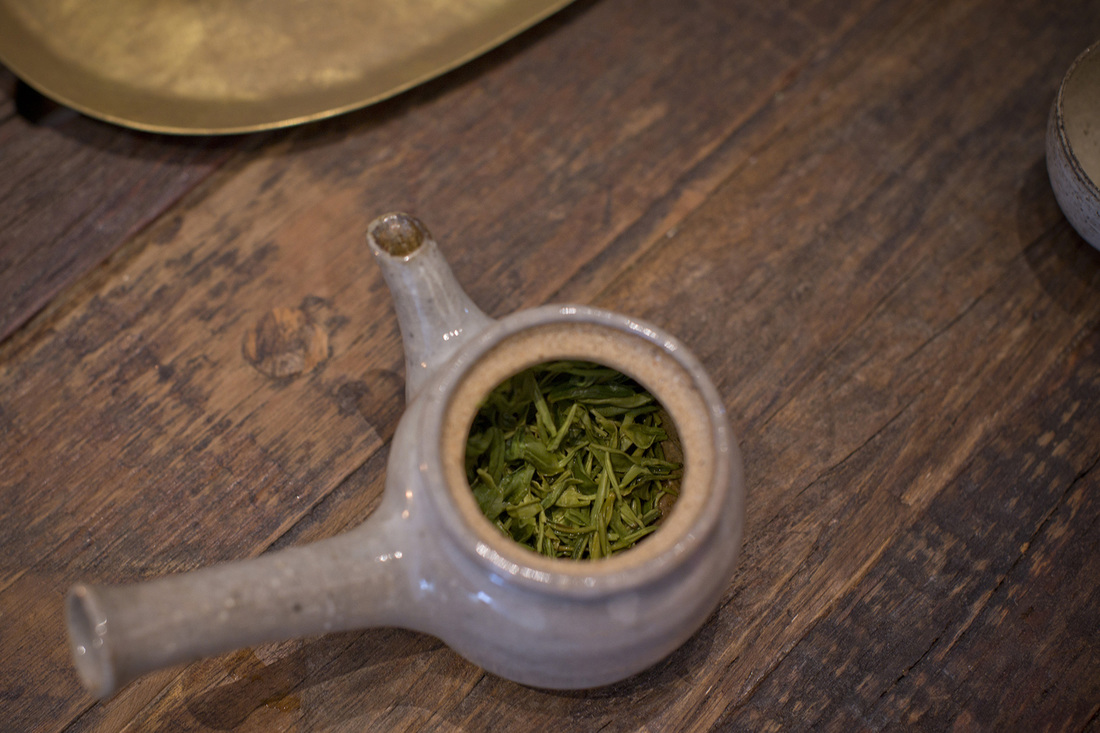
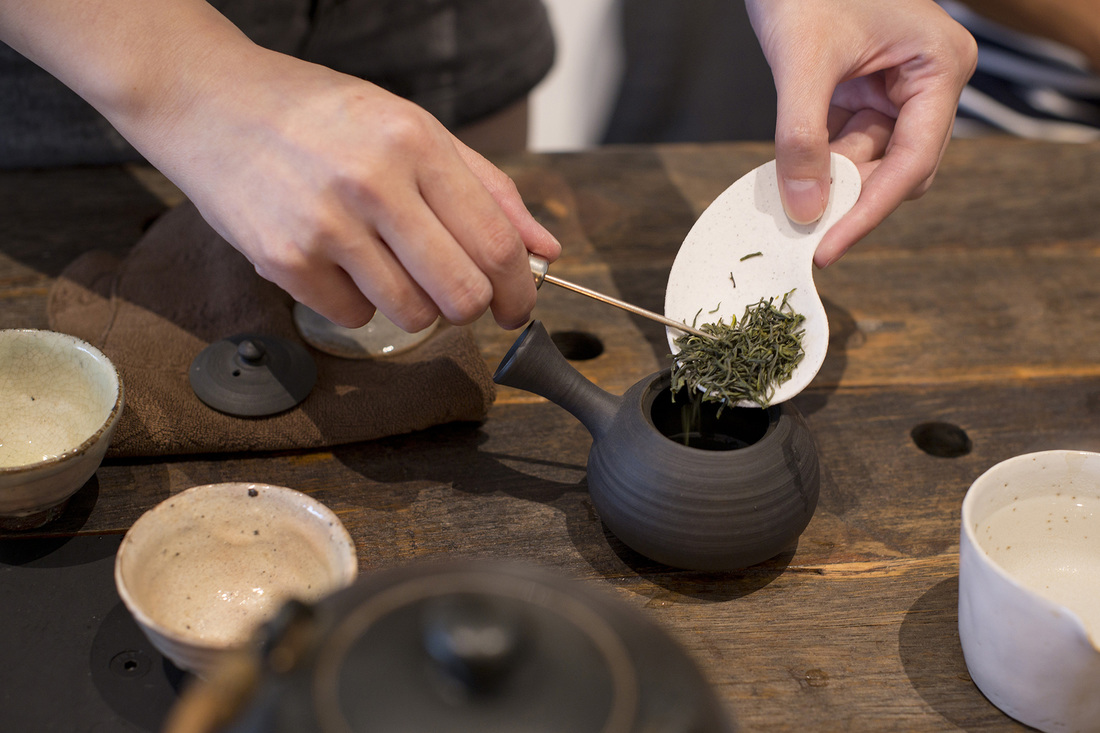
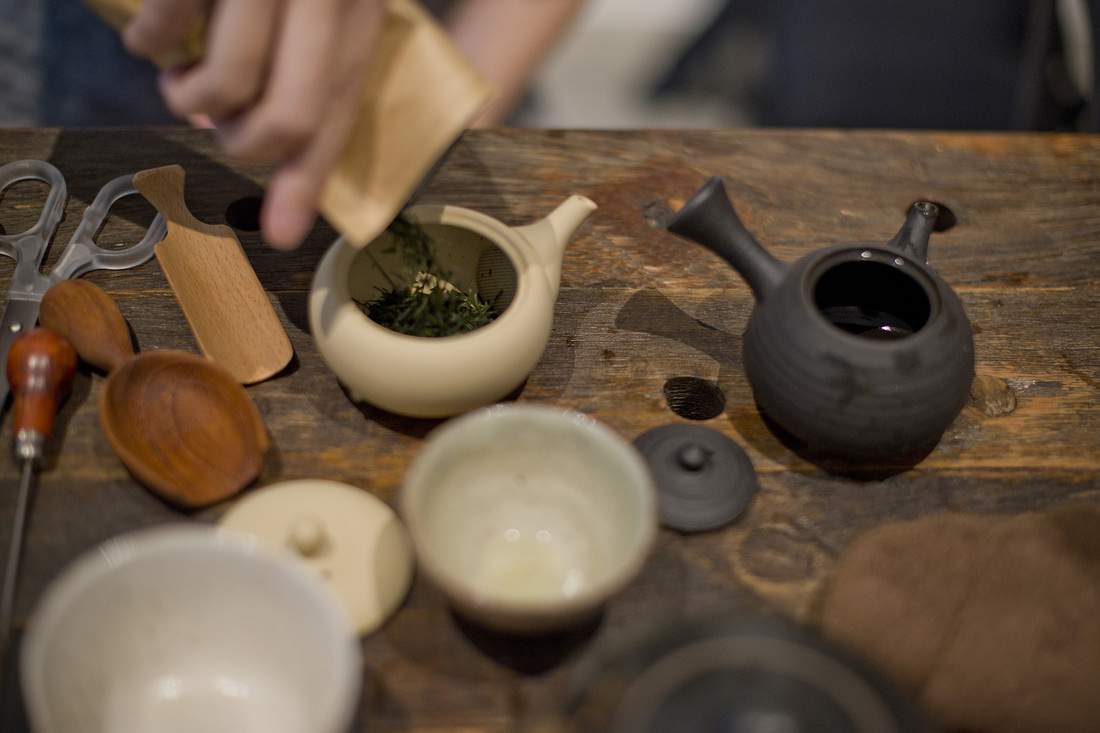
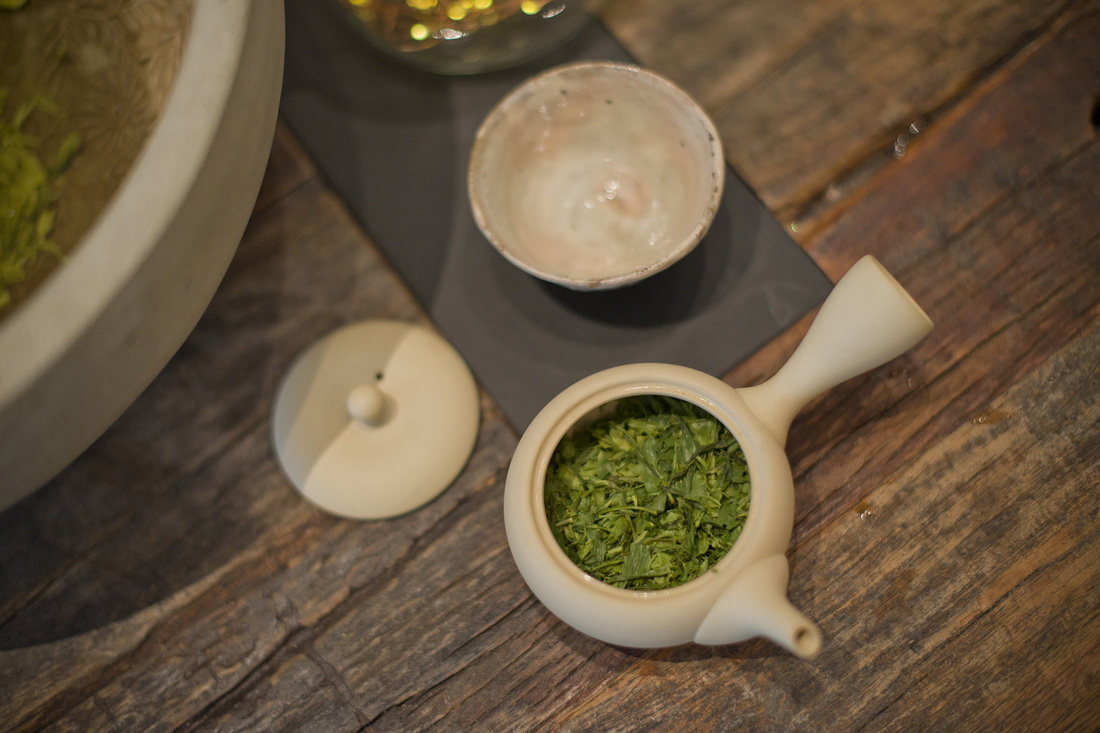
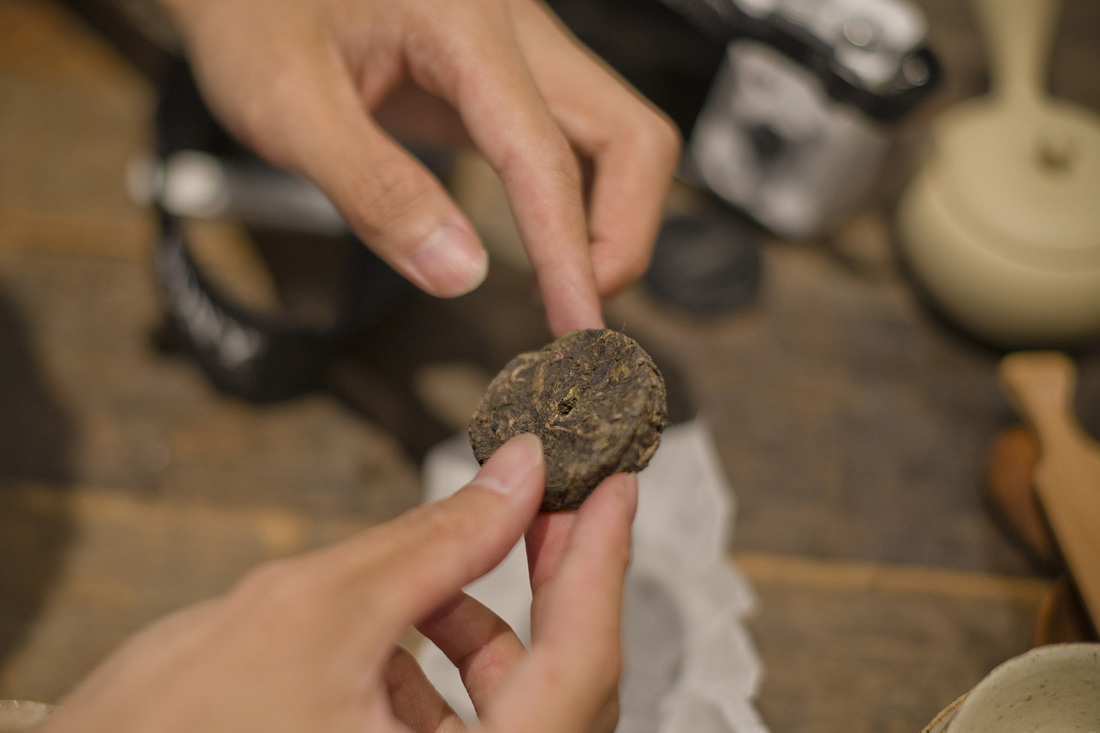
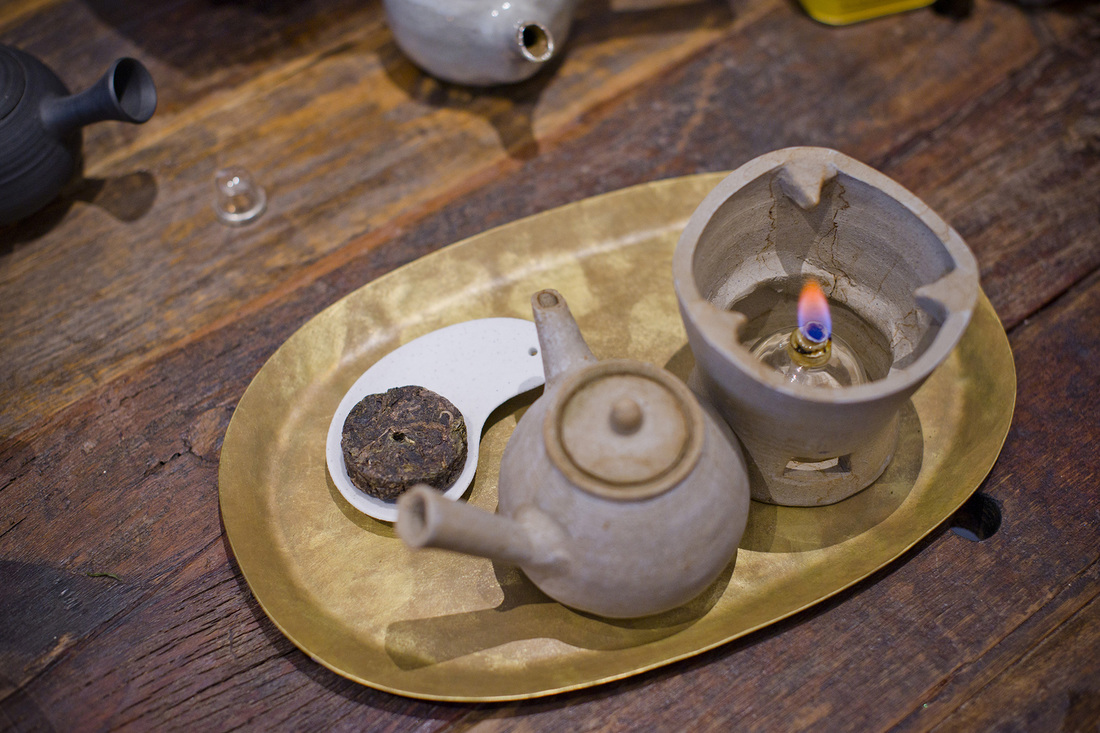
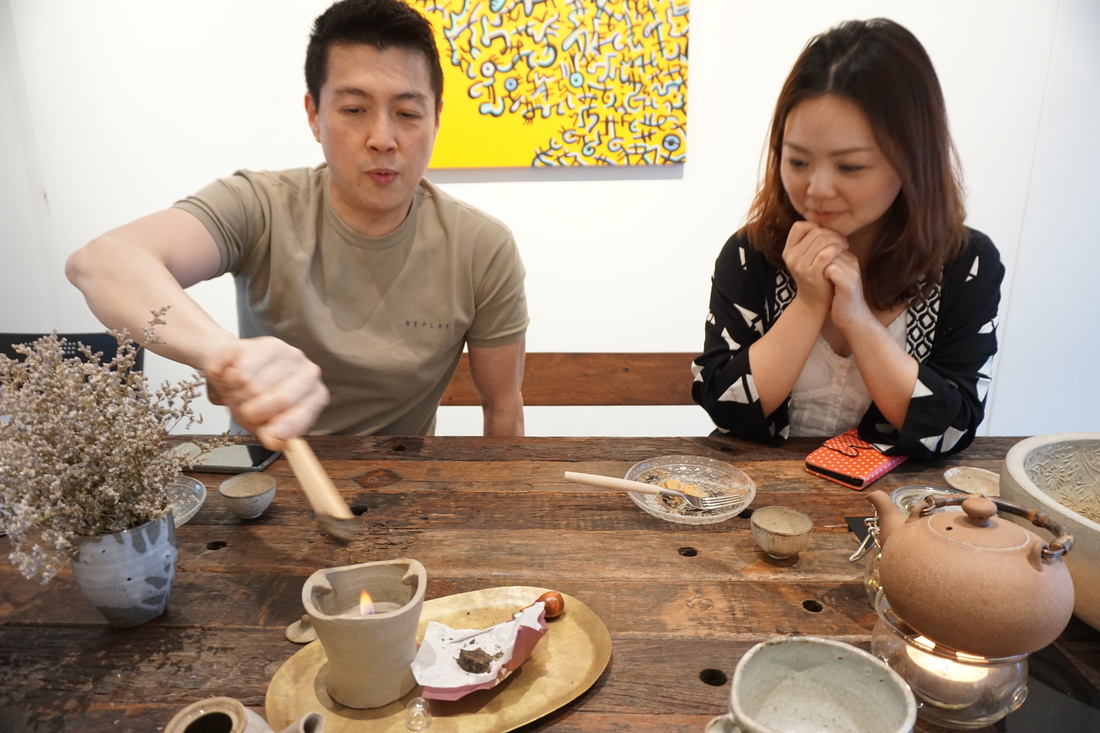
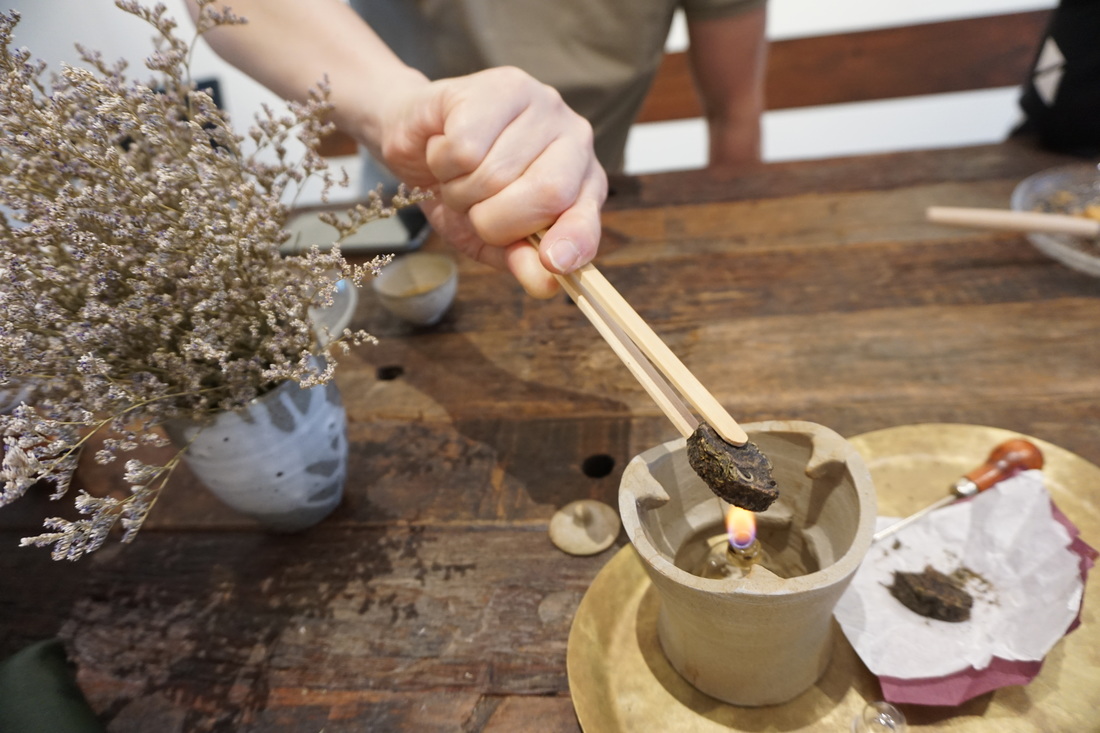
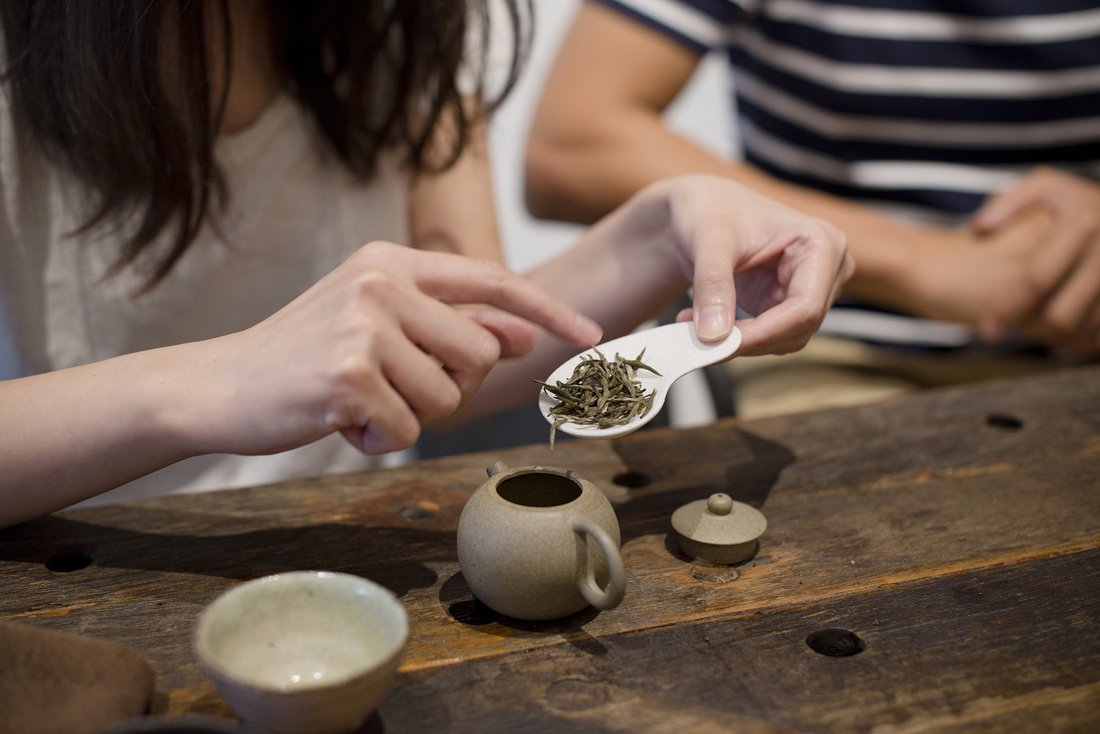
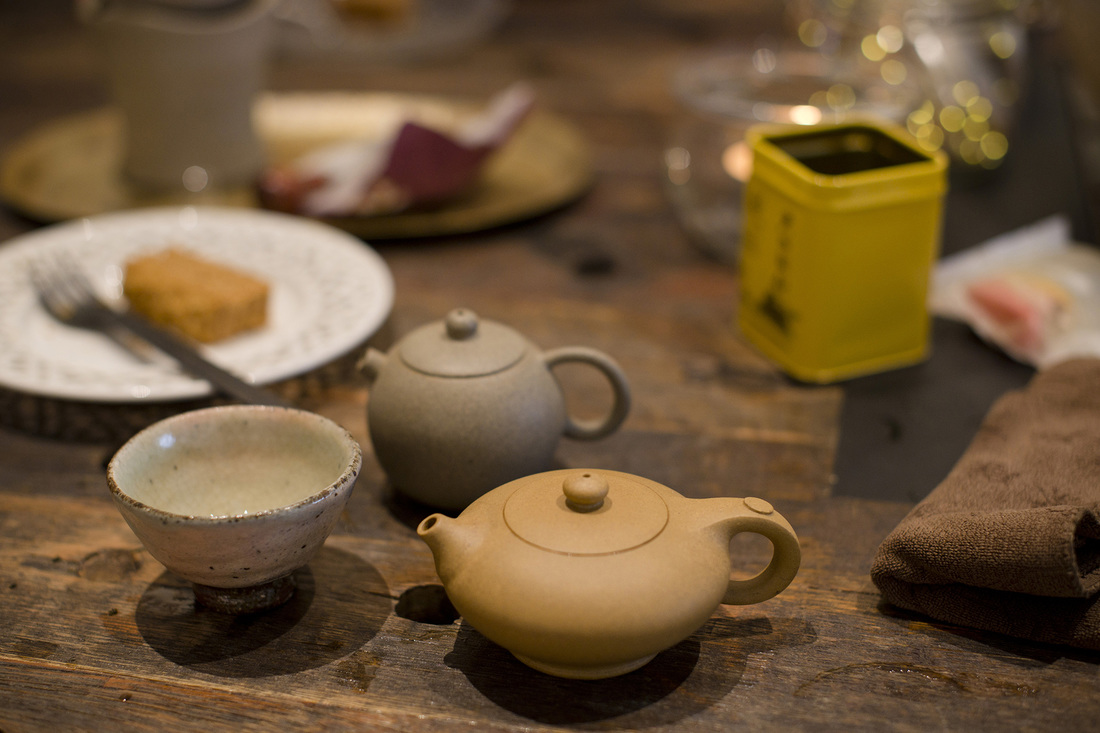
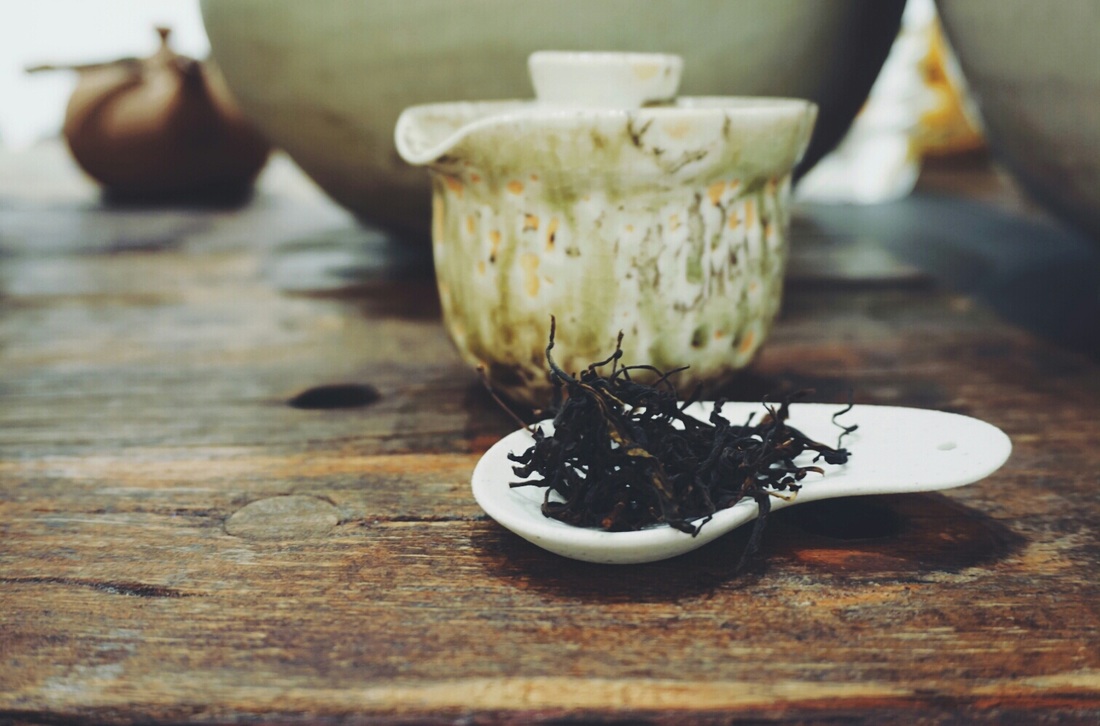
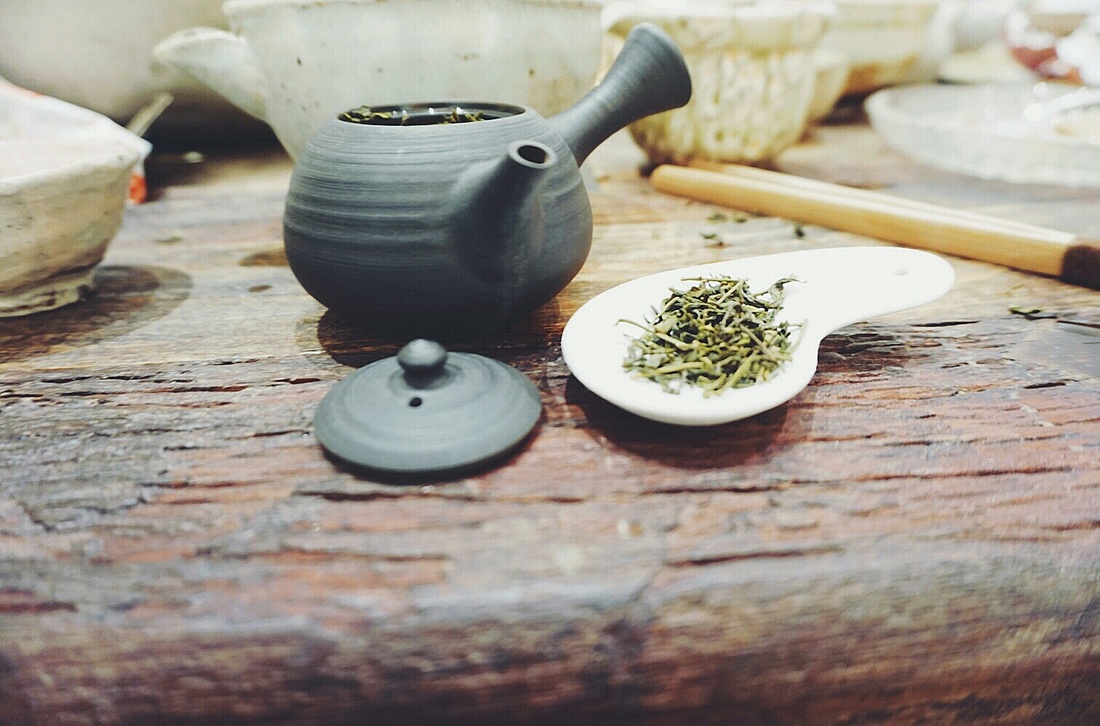
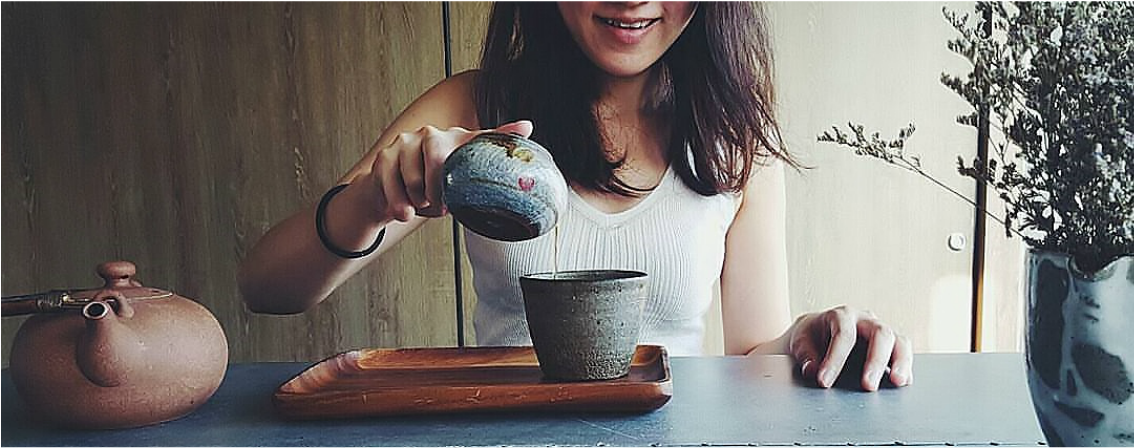
 RSS Feed
RSS Feed